Earth Day is coming up soon, and honestly, I can’t think of a better way to celebrate than by throwing together some fun trivia.
Bur first things first: Did you know that over 1 billion people take part in Earth Day activities every year? That makes it the largest secular observance on the planet! It’s proof that no matter where we come from, we all share a common goal. And that is to protect and care for our environment.
But really, Earth Day is an opportunity to geek out on some cool facts about our world and get inspired to tackle the challenges it faces.
That’s why I put together this Earth Day trivia quiz, dissected into different question types! You might’ve heard of Google’s annual Earth Day quiz (those guys love showing off their creativity), but why not bring that same energy into your own space?
From the history of Earth Day to mind-blowing facts about our planet, this quiz is designed to inform, entertain, and spark your passion for protecting our precious home.
So grab your favorite snacks, and round up your crew. This trivia set has something for everyone, whether you’re testing eco-newbies or challenging seasoned tree-huggers. Use it as an icebreaker, a team-building activity, or just a fun way to pass the time.
Ready to put your Earth Day knowledge to the test? Let’s dive in!
Download Your FREE Earth Day Trivia Quiz Questions PDF Here!
Challenge yourself with the ultimate Earth Day quiz! Over 70 questions test your knowledge on our planet, from history to mind-blowing facts.
Multiple Choice Questions
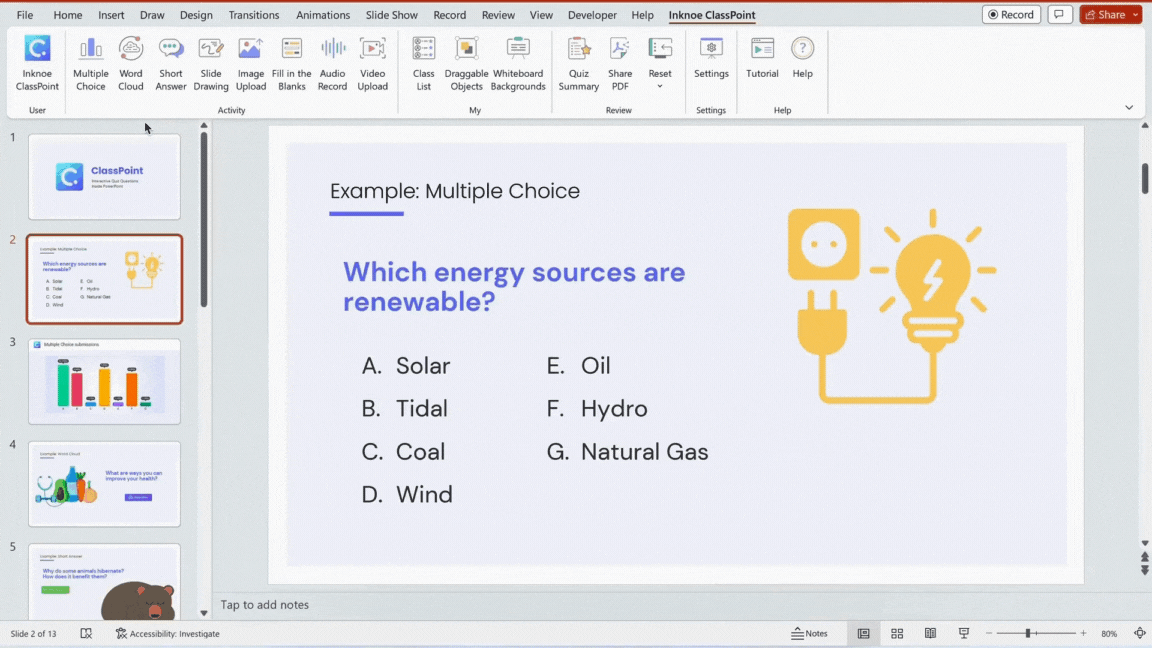
- What year was the very first Earth Day celebrated?
a) 1962
b) 1970 (Correct)
c) 1980
d) 1990
- Who is credited with founding Earth Day?
a) John Muir
b) Rachel Carson
c) Gaylord Nelson (Correct)
d) Al Gore
- The Amazon rainforest is crucial to the environment because it produces a significant amount of the Earth’s:
a) Water
b) Oxygen (Correct)
c) Soil
d) Sunlight
- How much of the Earth’s surface is covered in water?
a) 20%
b) 30%
c) 50%
d) 71% (Correct)
- What is the largest living organism on Earth?
a) A blue whale
b) A giant sequoia tree (Correct)
c) A mushroom network
d) A coral reef
- What is the largest hot desert in the world?
a) The Gobi Desert
b) The Australian Outback
c) The Sahara Desert (Correct)
d) The Arabian Desert
- On average, how many people participate in Earth Day activities each year?
a) 100 million
b) 500 million
c) 1 billion (Correct)
d) 2 billion
- Burning fossil fuels is the primary cause of what type of air pollution?
a) Smog (Correct)
b) Light pollution
c) Noise pollution
d) Thermal pollution
- What is the largest freshwater lake by volume on Earth?
a) Lake Superior (Correct)
b) Lake Baikal
c) Lake Victoria
d) The Caspian Sea
- What percentage of the world’s electricity comes from solar power?
a) Less than 1%
b) Around 5%
c) Approximately 10% (Correct)
d) Over 20%
- What international treaty aims to reduce greenhouse gas emissions and combat climate change?
a) The Kyoto Protocol
b) The Montreal Protocol (deals with ozone depletion)
c) The Paris Agreement (Correct)
d) The Convention on Biological Diversity
- What is the process of capturing and storing carbon dioxide from the atmosphere to prevent climate change called?
a) Recycling
b) Carbon Sequestration (Correct)
c) Biodegradation
d) Desalination
- What famous scientist is credited with developing the theory of evolution by natural selection?
a) Marie Curie
b) Charles Darwin (Correct)
c) Albert Einstein
d) Stephen Hawking
- Which of the following is NOT a renewable energy source?
a) Solar power
b) Wind power
c) Geothermal energy
d) Natural gas (Correct)
- Which layer of the Earth’s atmosphere is closest to the surface and contains most of the weather phenomena?
a) Troposphere (Correct)
b) Stratosphere
c) Mesosphere
d) Thermosphere
True or False

- Earth Day is celebrated on the same day every year. (True)
- Recycling is the only way to be environmentally friendly. (False)
- Most of the world’s breathable oxygen comes from trees. (False – Most comes from phytoplankton in the ocean)
- The Earth has more water than land. (True)
- The first Earth Day led to the creation of the Environmental Protection Agency (EPA) in the United States. (True)
- Composting food scraps is a bad idea because it attracts pests. (False – Proper composting techniques prevent pests)
- All plastic bags are bad for the environment. (False – Some biodegradable or reusable plastic bags can be eco-friendly)
- Turning off lights when you leave a room has a negligible impact on energy consumption. (False – Even small actions like these can save energy)
- Electric cars are completely emission-free. (False – While they don’t produce tailpipe emissions, electricity generation often has some environmental impact)
- The hole in the ozone layer has completely healed. (False – The ozone layer is recovering, but the process is slow and ongoing)
- Sunlight is the primary source of energy for most ecosystems on Earth. (True)
- Electric vehicles produce zero emissions while driving. (False – Electricity generation often has some environmental impact)
- Burning fossil fuels is the only way to generate electricity. (False – Renewable energy sources like solar and wind power can be used)
- The ozone layer is a natural barrier that protects us from harmful ultraviolet radiation from the sun. (True)
- Most of the world’s freshwater is readily available for human consumption. (False – A large portion of freshwater is locked up in glaciers and polar ice caps)
Fill in the Blanks
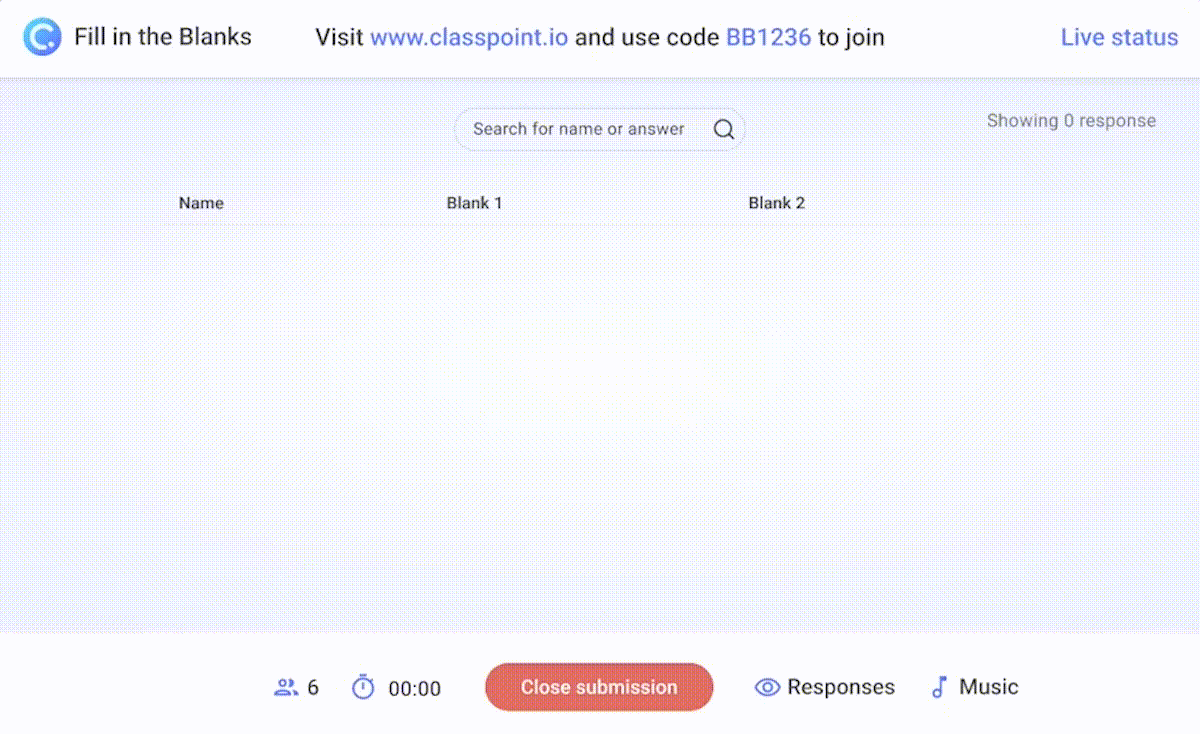
- The largest volcano on Earth, measured by volume, is ________ in Hawaii. (Answer: Mauna Loa)
- The ________ Effect is the gradual warming of Earth’s atmosphere due to increased greenhouse gas concentrations. (Answer: Greenhouse)
- An estimated ________ percent of the world’s electricity is generated by burning fossil fuels. (Answer: 60%)
- ________ is the practice of reducing waste production by consuming less and refusing unnecessary products. (Answer: Reduction)
- ________ Day is a global day of action to combat climate change and biodiversity loss, held annually in September. (Answer: Climate Action)
- The ________ layer protects the Earth’s surface from harmful ultraviolet radiation from the sun. (Answer: Ozone)
- The largest living organism on Earth is a massive ________ fungus network. (Answer: Mushroom)
- ________ National Park is home to iconic rock formations like El Capitan and Half Dome. (Answer: Yosemite)
- The Amazon rainforest is located primarily in the country of ________ . (Answer: Brazil)
- The scientific study of the Earth’s systems and processes is called ________ . (Answer: Geology)
- The process of capturing rainwater for later use is called __________. (Answer: Rainwater Harvesting)
- ____________ protects and manages a variety of natural and cultural treasures in the United States. (Answer: The National Parks Service)
- The United Nations Environment Programme, also known as UNEP, is the environmental arm of the United Nations focused on __________. (Answer: Promoting environmentally sustainable development)
- The act of planting trees to combat climate change, restore forests, and improve biodiversity is known as __________. (Answer: Afforestation)
- The scientific study of weather patterns and their impact on climate is called __________. (Answer: Meteorology)
Word Cloud

- Think of verbs related to taking action to protect the Earth. What can individuals do to make a difference? (e.g., Conserve, Reduce, Reuse, Recycle, Advocate)
- Brainstorm words that represent renewable energy sources we can utilize for a sustainable future. (e.g., Solar, Wind, Hydro, Geothermal)
- List words that come to mind when you think about the variety of life on Earth. (e.g., Animals, Plants, Ecosystems, Habitat)
- Consider words that represent the environmental challenges we face. (e.g., Pollution, Climate Change, Deforestation, Overfishing)
- Imagine a future where humans live in harmony with nature. What words describe this ideal world? (e.g., Sustainability, Harmony, Clean Air, Clean Water)
- What emotions does Earth Day evoke for you? (e.g., Hope, Inspiration, Responsibility, Gratitude)
- Natural Wonders: Think of breathtaking natural landmarks or phenomena. (e.g., Mountains, Oceans, Forests, Coral Reefs)
- Conservation Efforts: What words represent initiatives to protect endangered species or habitats? (e.g., Sanctuaries, Parks, Wildlife, Conservation)
- Personal Habits: List words related to everyday actions that contribute to a greener lifestyle. (e.g., Composting, Biking, Local Produce, LED Lights)
- Think of words that represent the kind of Earth we want to leave behind. (e.g., Healthy, Sustainable, Livable, Thriving)
Short Answer
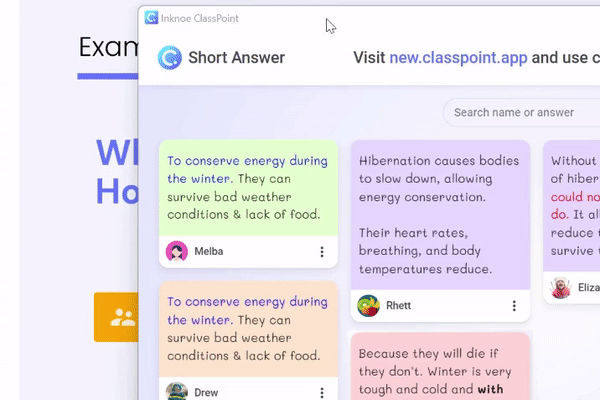
- What is one major environmental challenge we face today?
- How can individuals contribute to a sustainable future?
- In your opinion, why is Earth Day an important global movement?
- Describe a few simple habits that can help conserve water at home.
- Think about your local environment. What is one environmental issue that affects your community?
- Outline 2-3 specific changes you can make in your daily routine to reduce your environmental footprint.
- If you could create a piece of art (e.g., painting, poem, song) inspired by Earth Day, what would it be and why?
- Explore different career paths that focus on environmental protection and sustainability.
- Describe a personal experience that deepened your connection to the natural world.
- How can consumers make more eco-friendly choices when it comes to clothing?
Photo Sharing
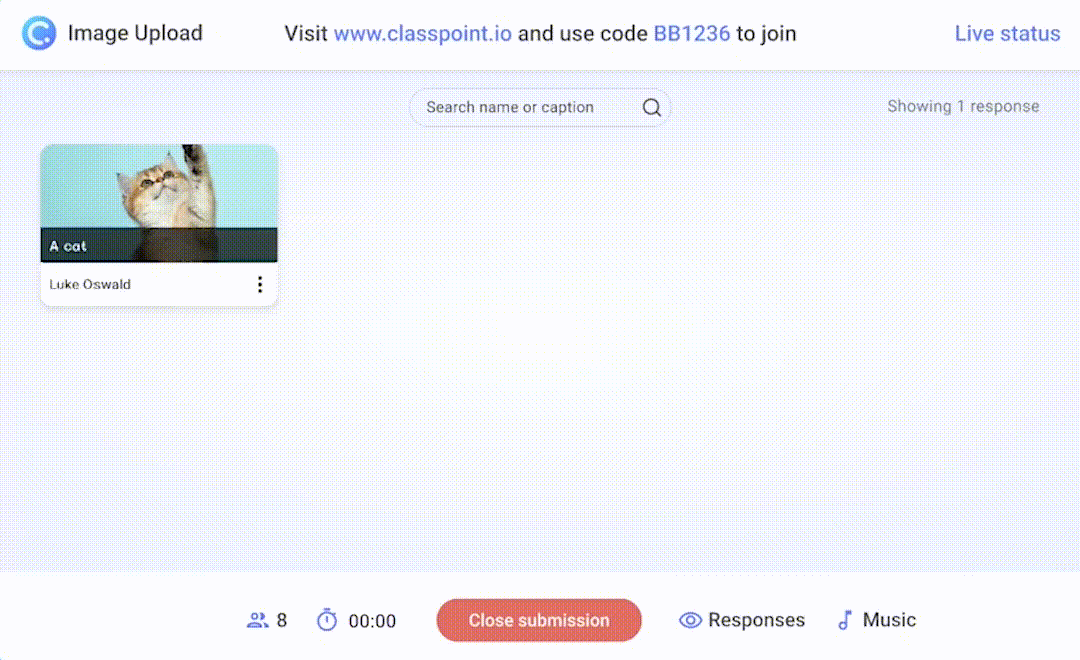
- Share a photo of your favorite park or green space in your community.
- Upload a picture of wildlife you’ve spotted in your backyard or local area.
- Show off a creative project made from recycled or repurposed materials.
- Upload an image of a renewable energy source in use (e.g., solar panels, wind turbines).
- Share a photo of your composting setup or a successful compost pile.
- Capture yourself participating in an Earth Day event or cleanup activity.
- Upload a picture of your reusable shopping bags or containers you use to avoid single-use plastics.
- Show how you conserve water in your daily routine (e.g., rainwater collection system, low-flow showerhead).
- Share a photo of yourself using a sustainable mode of transportation (e.g., biking, public transport).
- Upload any captivating image that showcases the wonders of the natural world.
Download Your FREE Earth Day Trivia Quiz Questions PDF Here!
Challenge yourself with the ultimate Earth Day quiz! Over 70 questions test your knowledge on our planet, from history to mind-blowing facts.
Take Your Earth Day Quiz to the Next Level in the Classroom
This Earth Day trivia is a fantastic way to test your knowledge and spark conversations about our amazing planet. But how can you make it even more engaging? ClassPoint, a dynamic presentation tool, can help!
ClassPoint is the #1 audience engagement tool chosen by teachers and educators worldwide. With its user-friendly interface and robust features, ClassPoint allows you to seamlessly integrate interactive elements such as quizzes, polls, and multimedia directly into your slides, making your Earth Day quiz not only informative but also entertaining.
Whether you’re running a classroom icebreaker or hosting a casual trivia night, ClassPoint’s interactivity and adaptability ensure your Earth Day trivia is not only fun but also educational and impactful.
Conduct Live Quizzes in PowerPoint

Forget the hassle of switching between platforms! ClassPoint seamlessly integrates with PowerPoint as an add-in, allowing you to transform your Earth Day trivia into an interactive experience directly within your existing presentation. Here’s how you can use ClassPoint’s interactivity features:
- Time-saving: Import your prepared questions directly into your PowerPoint slides to turn them into an interactive quiz, saving valuable time and effort.
- Diverse Quiz Formats: Choose from eight engaging quiz formats, from classic multiple-choice to open-ended queries, catering to a variety of learning styles and objectives.
- AI Quiz Generator: Use ClassPoint AI to generate quiz questions based on your presentation slides. Adjust your quizzes based on Bloom’s Taxonomy to assess participants’ understanding of specific topics and cognitive levels.
Gamify Your Quizzes
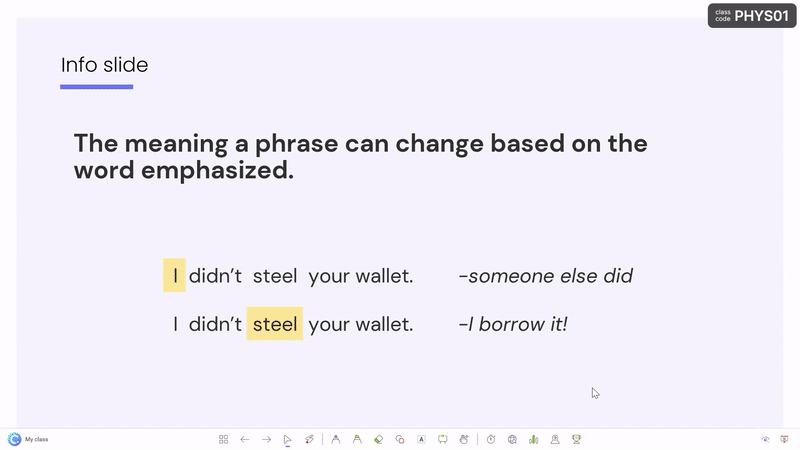
Turn your Earth Day trivia into a fun, friendly competition that encourages learning and collaboration. Here’s how you can use ClassPoint to gamify your quizzes:
- Award Participation: Encourage students to answer these trivia questions and track their progress using ClassPoint’s star-awarding system.
- Live Leaderboard: Display a live leaderboard to add excitement and motivate students to answer correctly and collaborate effectively.
- Encourage Collaboration: Foster teamwork and peer learning by encouraging participants to work together in groups to achieve top scores.
Post-Quiz Discussion with Presentation Tools
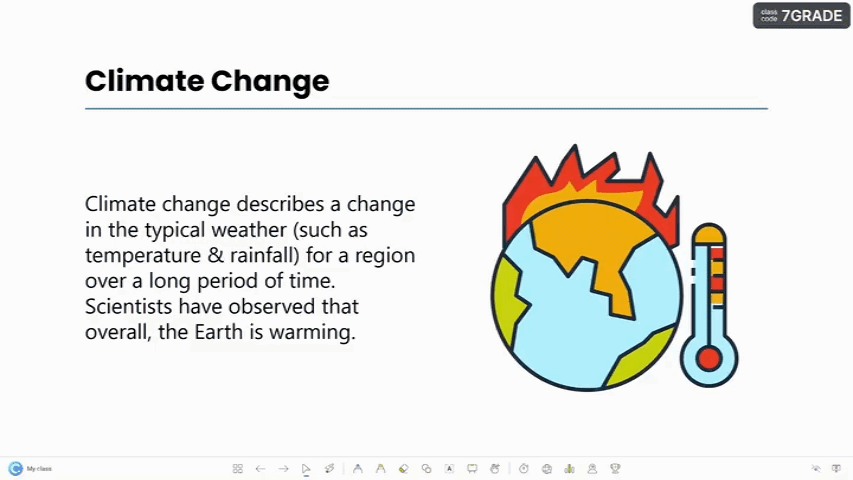
With ClassPoint, you can enhance the trivia experience by incorporating a range of presentation tools and multimedia elements:
- Interactive Whiteboard: Use ClassPoint’s whiteboard feature to sketch diagrams, maps, or charts related to Earth Day topics. This visual aid can help participants grasp complex concepts more effectively.
- Live Annotations: Highlight key points and facts using ClassPoint’s annotation tools directly on your slides. Teachers can analyze students’ responses and annotate directly on the slides. This interactivity keeps participants focused and engaged during the trivia.
- Embedded Browser: Use the built-in, embedded browser without leaving your slides to provide more context and enhance the learning experience. For example, you can search for more information on a current environmental issue or an inspiring image of a natural wonder while discussing your students’ responses.
- Interactive Q&A Sessions: Encourage participants to ask questions and share their thoughts using ClassPoint’s live Q&A feature. This can lead to insightful discussions and encourage a deeper understanding of the trivia topics post-quiz.
- Feedback and Reflection: After completing the quiz, use ClassPoint’s quick poll feature to gather participants’ thoughts on the trivia experience. This feedback can help you tailor future quizzes to better suit your audience’s interests and learning needs.
Discover more fun ways to use ClassPoint to heighten class engagement with this cheat sheet! Featuring 30 innovative tips and tricks, it’s guaranteed to breathe more life into your classroom.
Final Thoughts
As Earth Day approaches, it’s important to reflect on the significance of this global observance and the impact we can make through education and action. Hosting an engaging and educational Earth Day trivia can inspire participants to deepen their understanding of our planet’s wonders and challenges. By utilizing tools like ClassPoint, you can transform traditional presentations into interactive experiences that promote collaboration, learning, and a sense of community.
Use the knowledge gained from this Earth Day quiz to inspire positive change. Continue to celebrate Earth Day every day by nurturing a deep appreciation for our planet and taking meaningful actions to safeguard its future. Together, we can make a difference and create a more sustainable and thriving world for generations to come!
